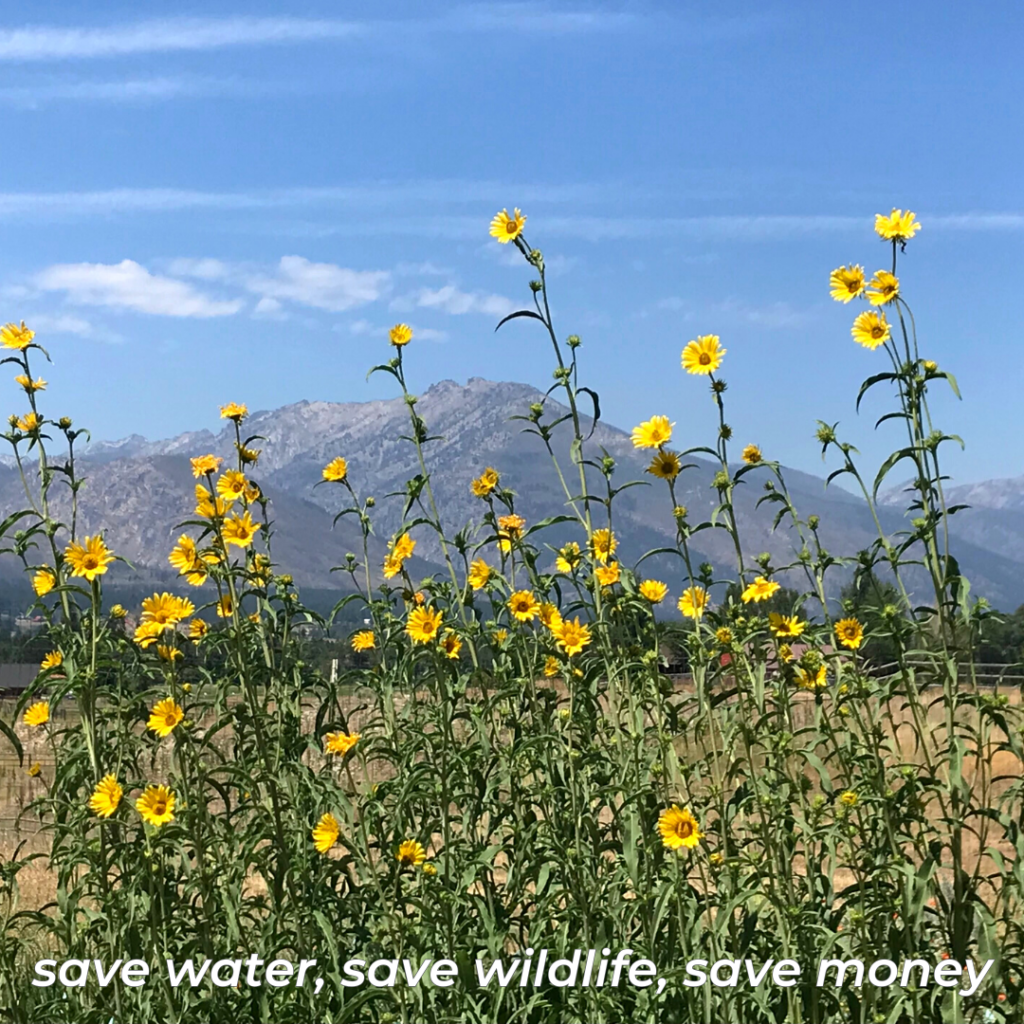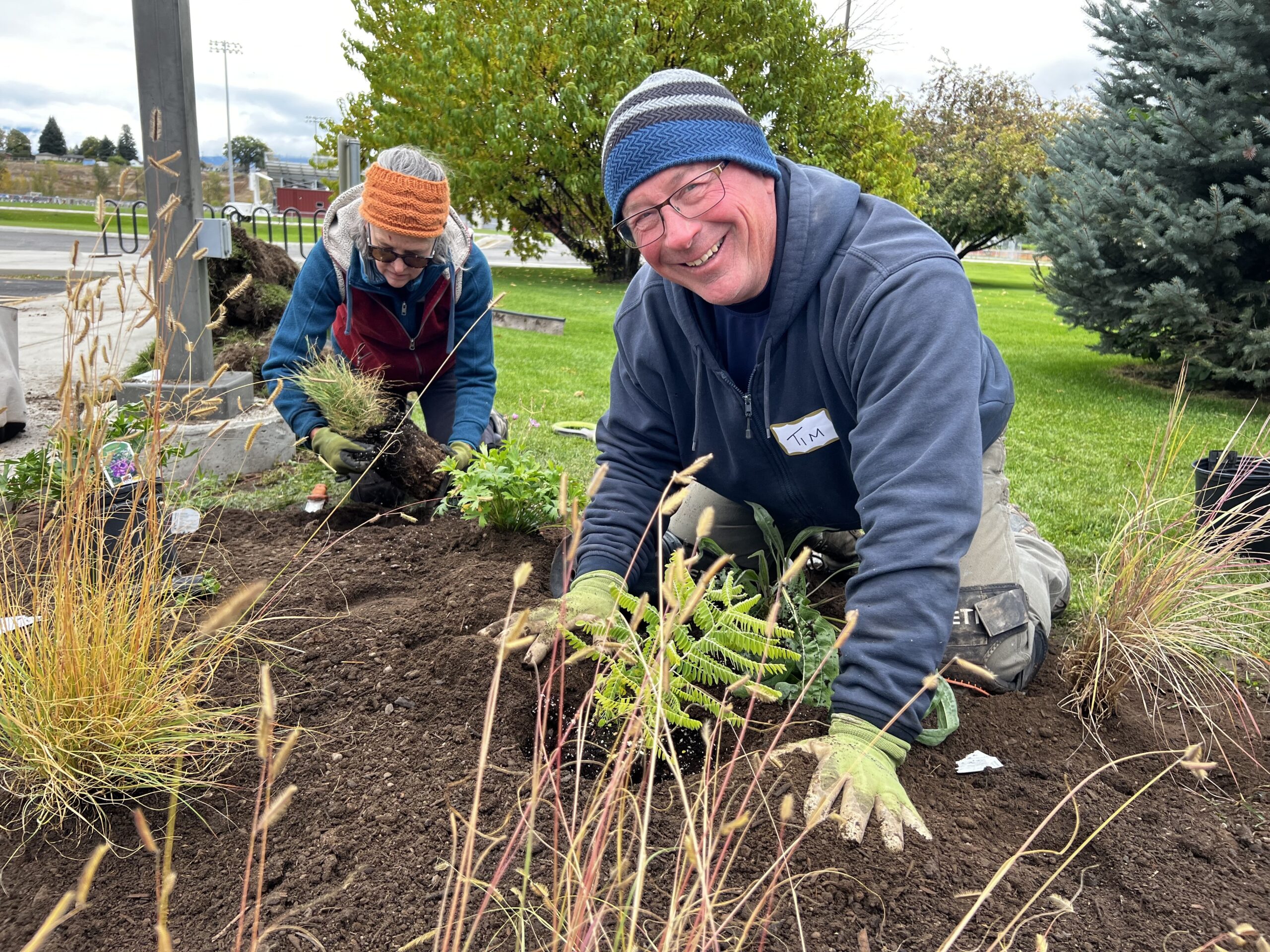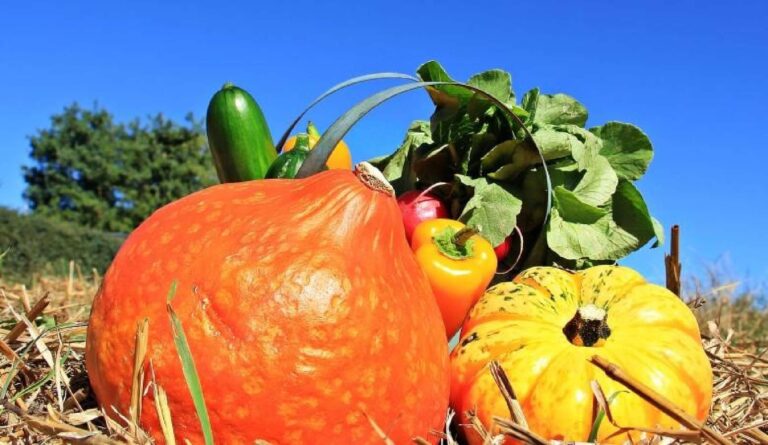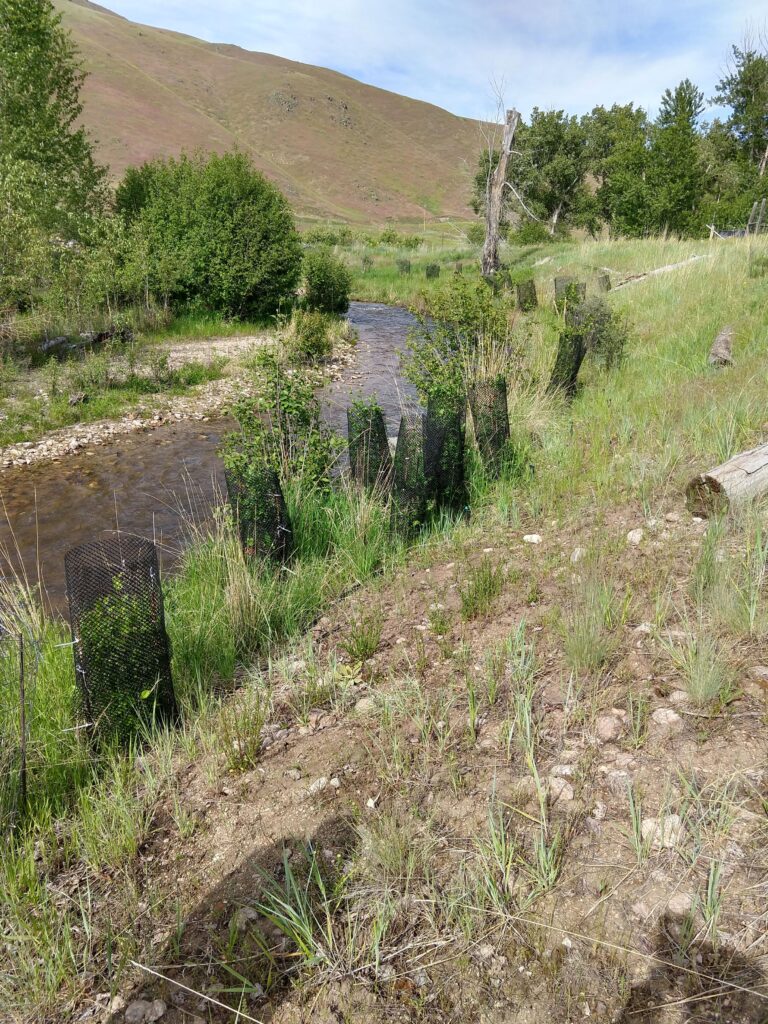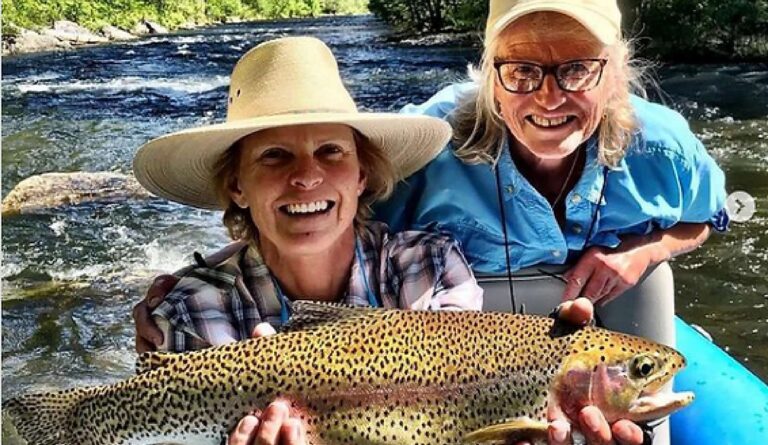Being Water-Wise in the Bitterroot: Every Lawn Counts!
Montana’s rugged history is full of wild stories about the lengths that people have gone to to protect their water rights and claims. In fact, if you were to compare any resource here in the Valley to liquid gold, it would be water! Water is a key part of every aspect of life in the Bitterroot from agriculture to angling. Our landscape has transformed throughout the years as the Valley’s inhabitants have altered the land to fit their needs, but water has always been both scarce and crucial. As the Valley changes, so has our water usage and as Bitterroot residents, it’s more important now than ever to adopt a water-wise mindset when it comes to our impact on the land.
Irrigation: The Great Gamechanger
To understand the lush present of today’s Valley, we have to look back at its arid past. The Salish people who arrived in the Valley in the early 1800s gazed upon a very different landscape than the mosaic of green farms and ranches that we see today. The land they saw was marked by sagebrush with scattered cottonwoods and ponderosa pines surrounding the often ephemeral streams and creeks that weaved about the Valley. When settlers arrived, they saw a place rich with agricultural promise. Farmers built dams high in the Bitterroots to capture snowmelt for the irrigation systems that they depended on to water their crops.
Irrigation was and still is a necessary part of agricultural life here and early farmers built their own channels and ditches throughout the latter half of the 19th century. Irrigation networks continued to expand in the late 1800s aided by the vision and funds of Marcus Daly, a wealthy copper king. In the early 1900s, life and water use in the Valley was changed forever with the construction of the “Big Ditch”, a massive expansion of preexisting irrigation networks, and the Lake Como Reservoir. By 1910 the main canal, or the “Big Ditch”, was 80 miles long and the construction of the Lake Como Reservoir had been completed. This massive project ensured an ample supply of water for their canals and irrigation channels, which led to a sharp increase in agricultural development.
Where does our Water Come From?
Irrigation has been a part of the Valley’s history for over a century, but the water we depend on comes from relatively far away. Most of the water that supports our agricultural land and our personal day-to-day usage comes from snowpack high up in the Bitterroot and Sapphire Mountains. Lake Como Reservoir holds up to almost 38.5 thousand acre-feet of water (one acre foot is about 32.6 thousand gallons) and is fed by snowpack. The mountains receive much more rainfall and snowpack than our Valley with an average of 32” of precipitation in the Sapphires and 83” in the Bitterroots compared to the 13” down here. Without snowpack, our Valley would quickly fade back into the high desert that the Salish first saw. The snowy peaks of the mountains surrounding us don’t just make a perfect picture, they are the foundation that life in the Valley is built upon!
The Waters of Today and how YOU can help conserve water and feel good doing it!
As times change, so does our water use. The Valley’s population and private well use has rocketed in recent decades with an estimated 22,000 wells in Ravalli County all while counties across Montana, are reporting some of their lowest snowfall levels on record. With over 60 miles of streams in the Valley and 17 miles of the Bitterroot River classified as chronically dewatered, it’s more important than ever to adopt a water-wise mindset.
Luckily, we live in an area where people are proud and motivated to protect their natural resources! An important way for people to reduce their personal water usage is through prioritizing Water-Wise Landscaping. This includes maintaining shady streamside vegetation to reduce the amount of water lost to evaporation, but it also means planting native!
The EPA estimates that Americans use over 8 billion gallons of water every day on outside residential use, primarily on watering lawns! Non-native plants require a lot more water to survive in an environment that they just weren’t designed to grow in, and thousands of needy non-native species result in a huge amount of unnecessary water usage. Our native plants have been growing in the Bitterroot for centuries before irrigation started and they know how to handle our drought-like conditions. You can join our local Water-Wise Landscaping movement by committing to planting native and prioritizing drought-tolerant plants for your lawn. The Water Partnership is proud to work with our partners at Great Bear, to connect YOU with the opportunity to convert portions of your lawn or non-native gardens to native, Water-Wise Landscaping.
With your help, we’re making the Bitterroot beautiful and resilient, ensuring clean and abundant water while making sure our landscape keeps on blooming.
Click HERE to order one of our Water-Wise Plant Packs!
